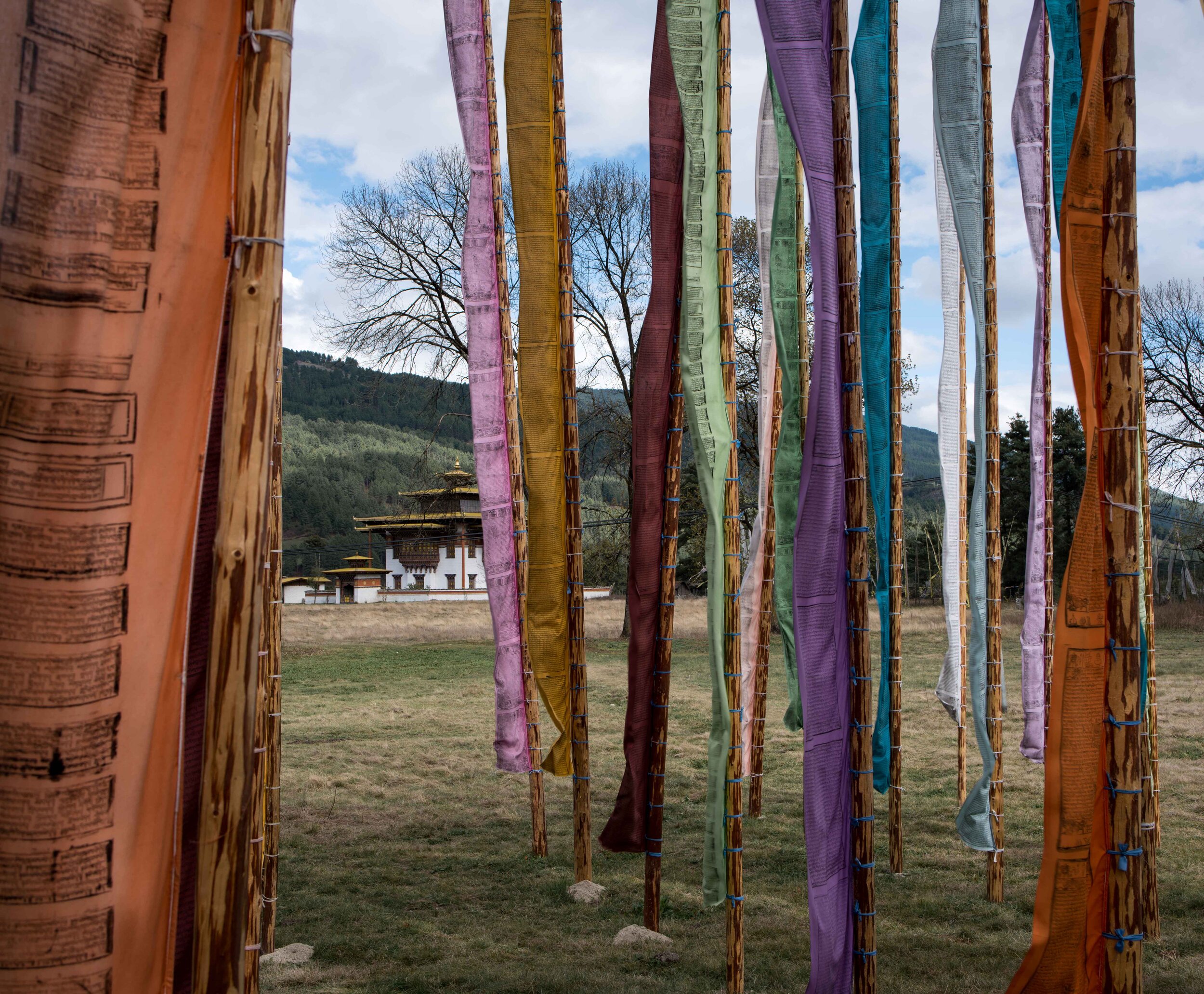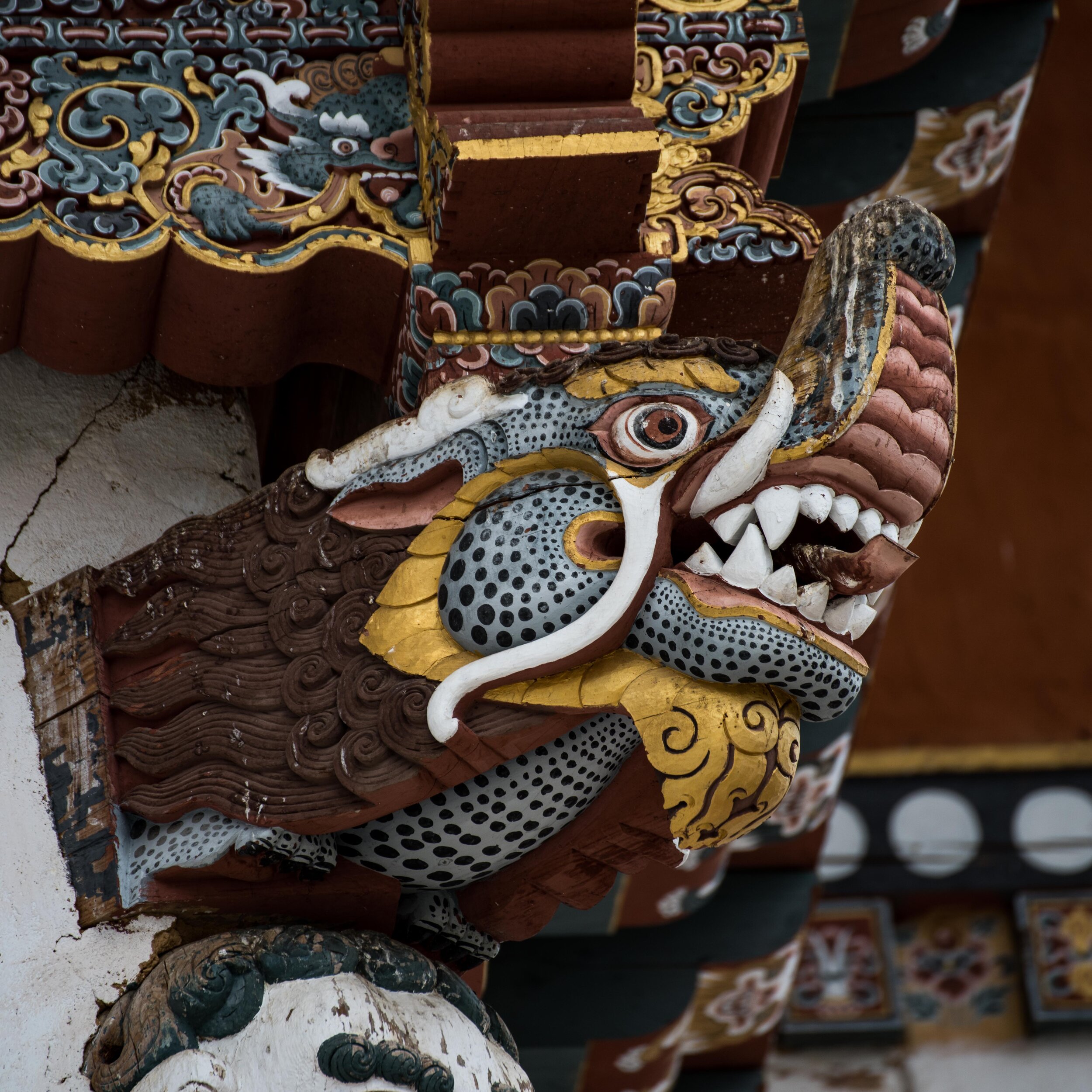












I lived in Bhutan for five months as the Resident Director of a faculty-led study abroad program. I looked after a group of Wheaton College students based at the Royal Thimphu College, taught courses, organized expeditions led by Bhutanese guides, and facilitated two public art projects in country. Bhutan is utterly fascinating as a country that self-isolated for nearly all of its history. As an outsider and in my capacity as educator, I was in a perpetual mode of analysis. I marveled daily at the natural and cultural beauty and their palpable entanglement with rapidly arriving global industry and media. With incredible subject matter and my camera always at hand, my love of photography grew rapidly.
Spending time in such a special place led to a sort of desperate acknowledgement of the futility of capturing experience even as I made hundreds of photographs. With this awareness, I developed an interest in a kind of “extreme documentation” called photogrammetry. Photogrammetry briefly, is a way of generating super-accurate, three-dimensional models of objects or spaces by compositing hundreds of overlapping photographs using software. Work like Souvenir I, 2018, a miniature bronze replica of a patch of Himalayan mountaintop, is a result of this interest in accuracy and representation.